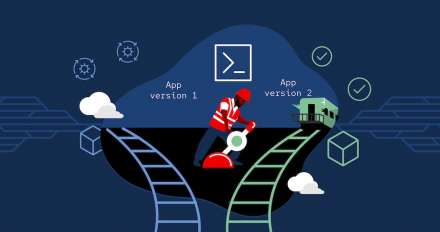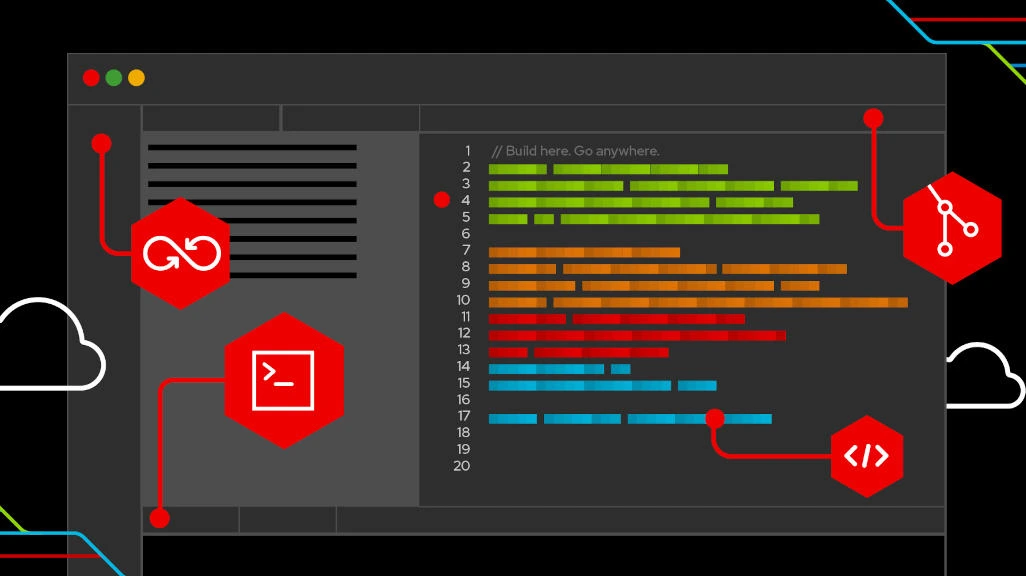
Node.js at Red Hat: 2022 Year in Review
The Node.js team at Red Hat looks back on their work in 2022, from Kube Service

The Node.js team at Red Hat looks back on their work in 2022, from Kube Service

Learn how to program Kubernetes REST API in Java using Fabric8 Kubernetes client in this quick demonstration. (Part 1 of 5)

Red Hat services work well with open source tools. See how to use a popular Kafka management console with Red Hat OpenShift Streams for Apache Kafka.

Red Hat architecture and design patterns
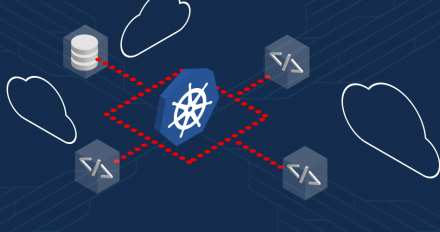
The developers of Operators have found a new, flexible technique for allowing application developers to alter Operator behavior.

Learn the components of the control plane and workers nodes, along with Kubernetes resources that developers should know.
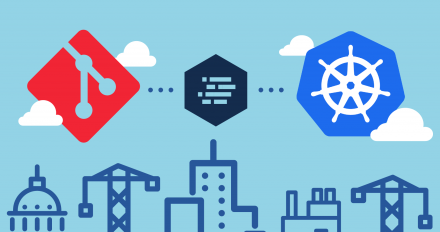
Get an overview of the GitOps principles and learn why they are essential for new IT projects in this excerpt from the GitOps Cookbook.

Apache Kafka is an open-source distributed streaming platform used for stream processing, real-time data pipelines, and data integration at scale. SQL (Structured Query Language) is a standardized programming language that is used to manage relational databases and perform various operations on their data. This first article in a series of three describes how we can leverage on ksqlDB to process Apache Kafka streams using the industry standard SQL query language.
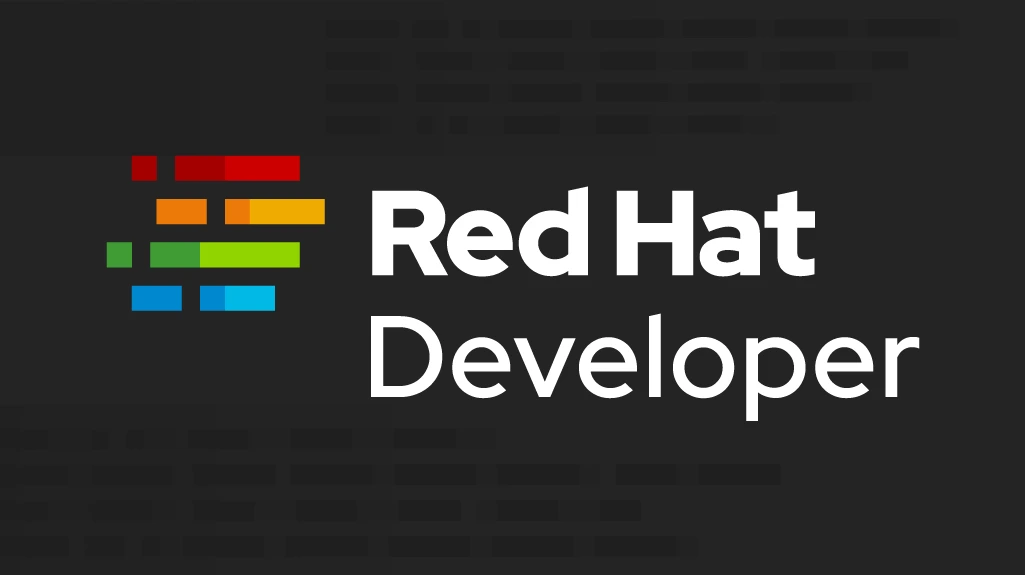








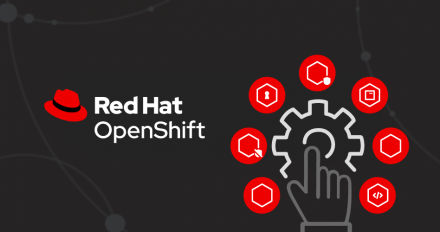
Learn to migrate a complex legacy application to OpenShift in this easy demonstration. OpenShift Virtualization and GitOps modernize legacy virtualized applications.
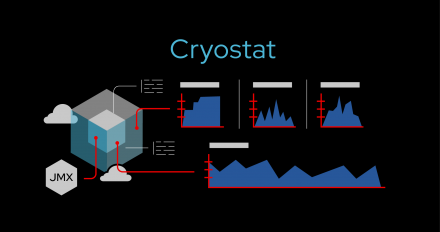
Learn how Cryostat 2.2 provides more flexibility in discovering and managing JVM applications.

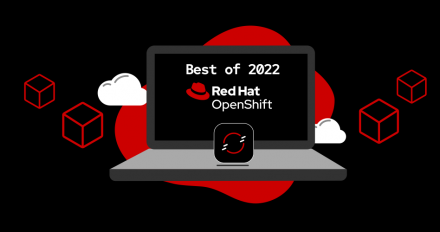
We've rounded up some of our favorite Kubernetes and OpenShift content from 2022, including stories about microservices and container optimization, along with top announcements.
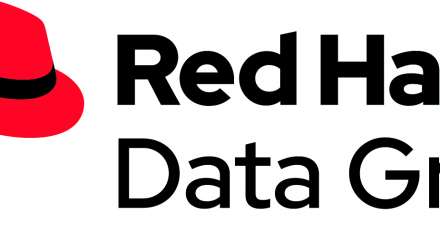
Learn how to create indexes in Red Hat Data Grid to make caches work faster and a Spring Boot application to query a cache.
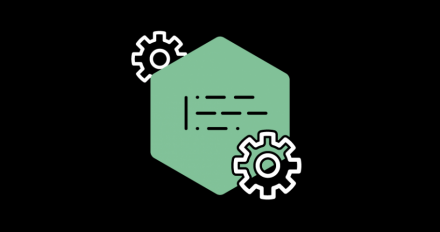
Next.js is one of many popular frameworks for deploying sites based on Node.js. In this article, you'll learn how to deploy Next.js applications using the ubi8/nodejs-16 and ubi8/nodejs-16-minimal containers available from Red Hat. We will also show you how to deploy the containers to Red Hat OpenShift.

The Pipenv packaging tool and Source-to-Image (S2I) help keep the proper Python dependencies in containerized applications.
